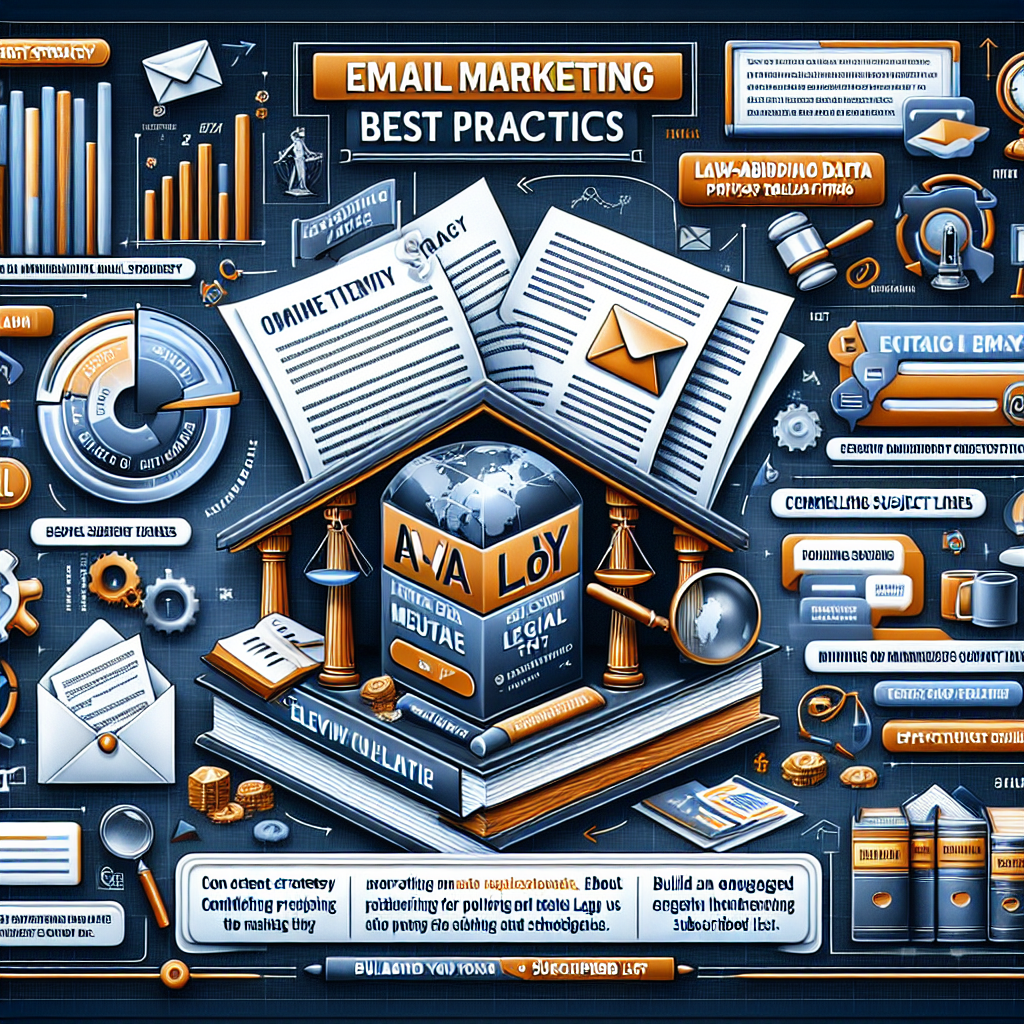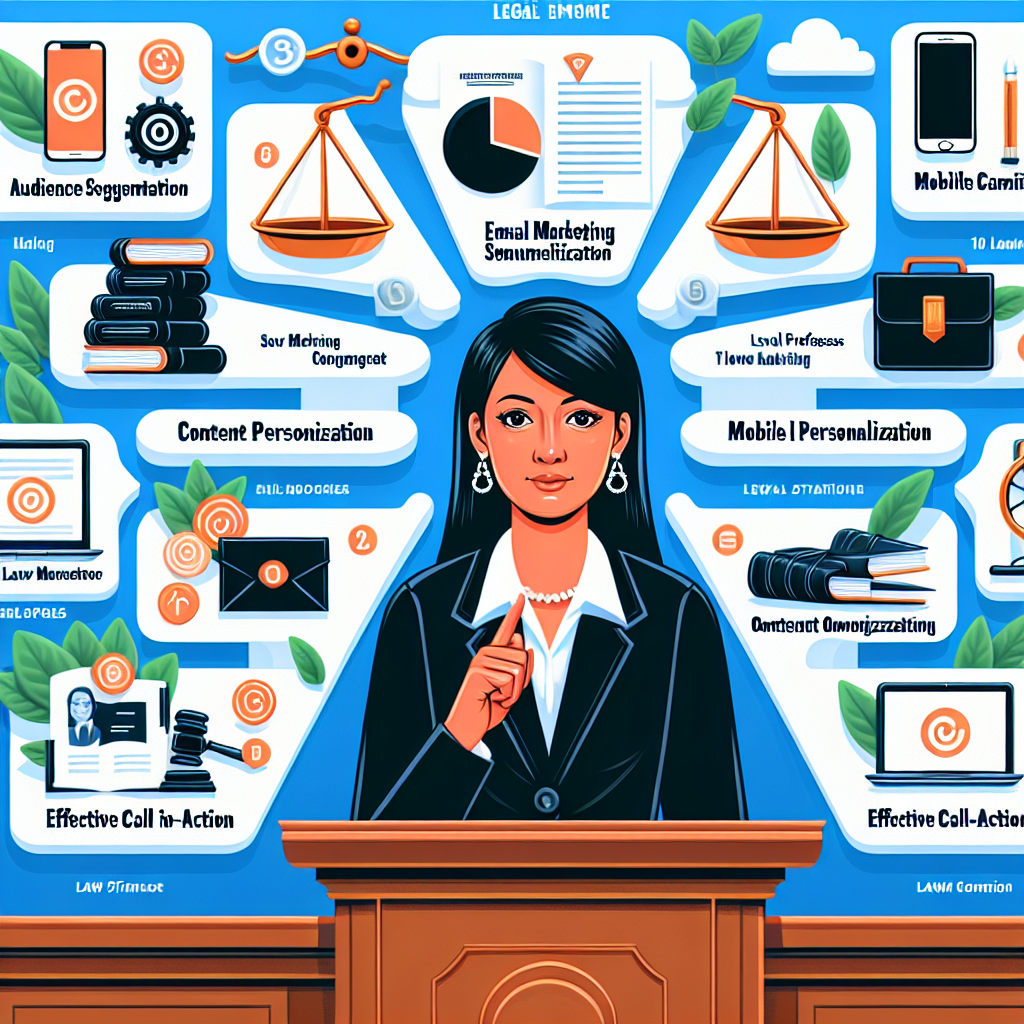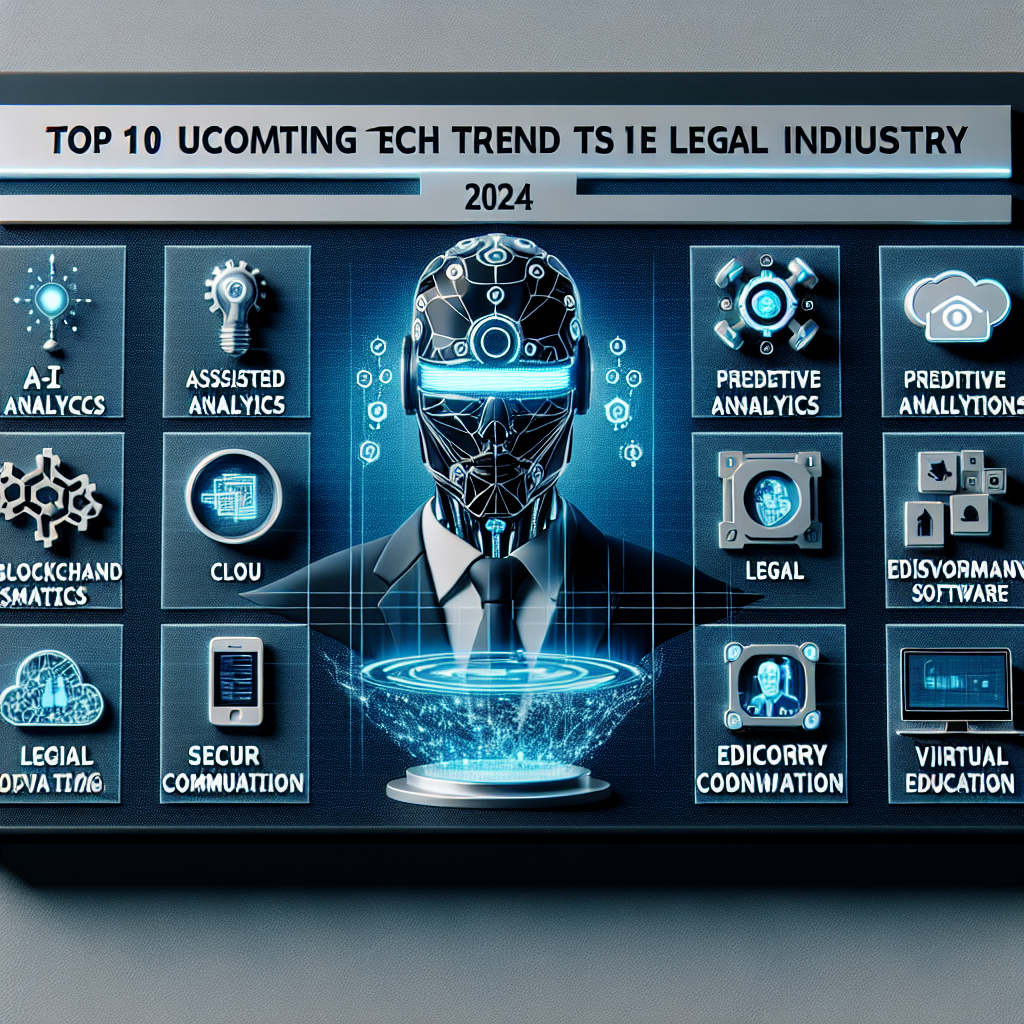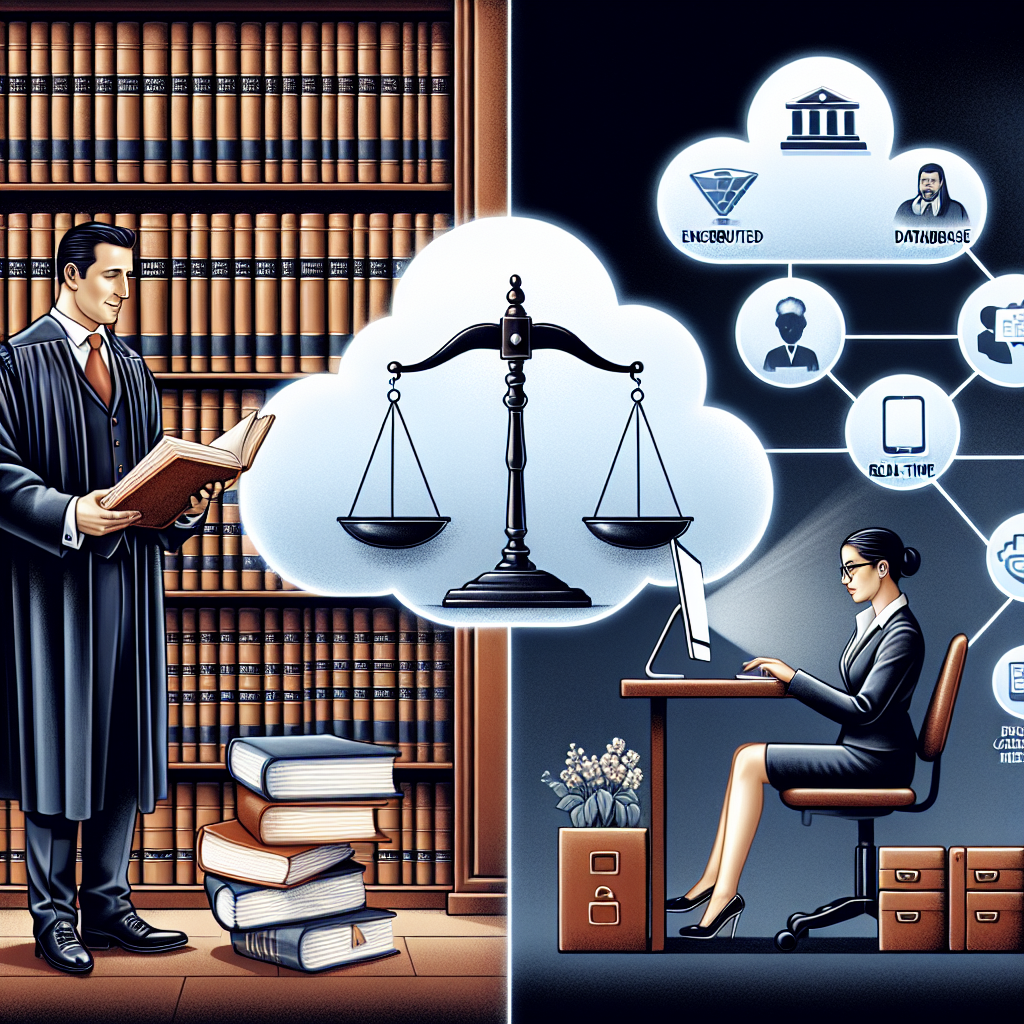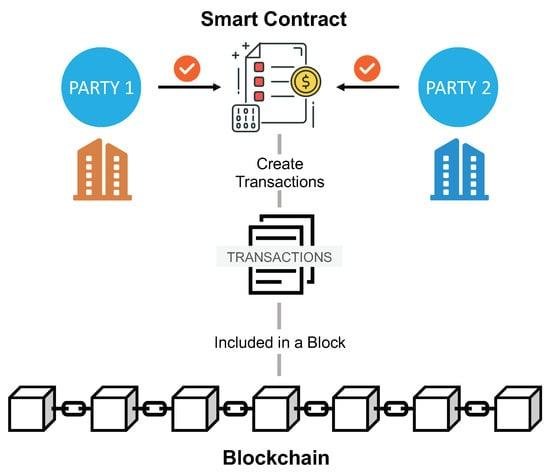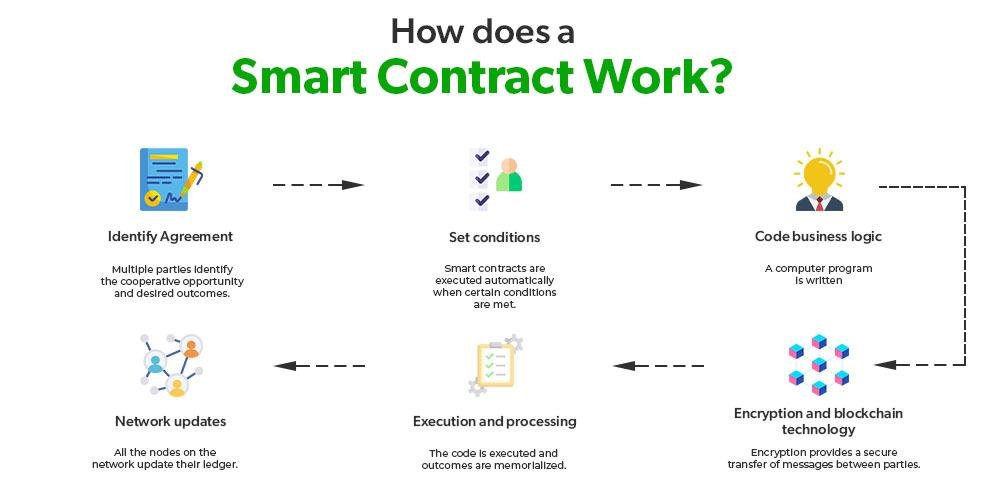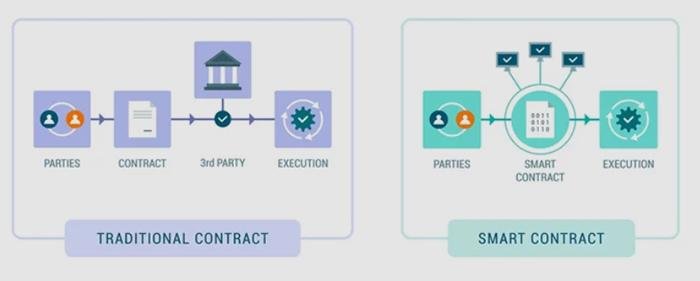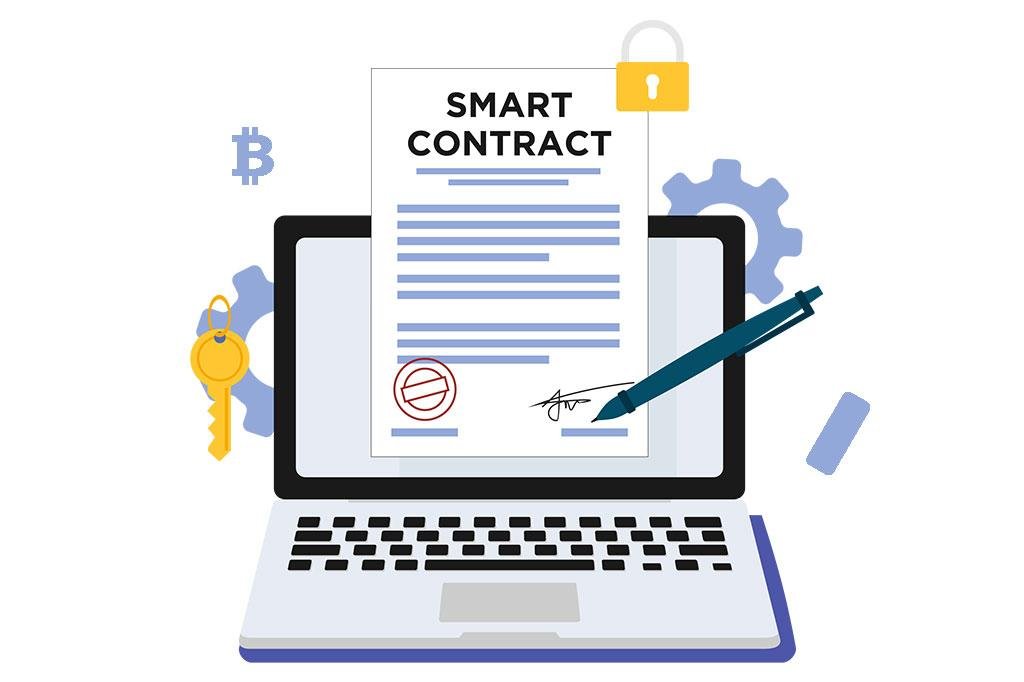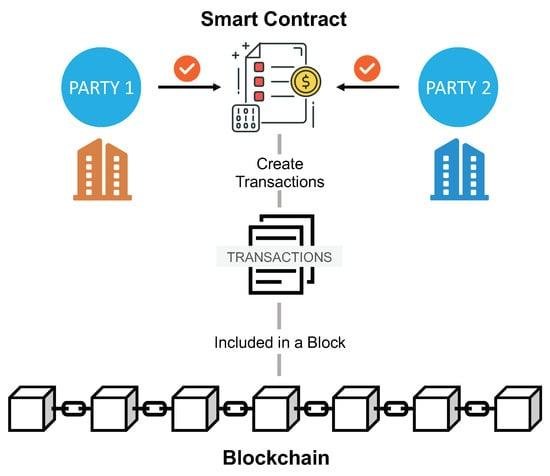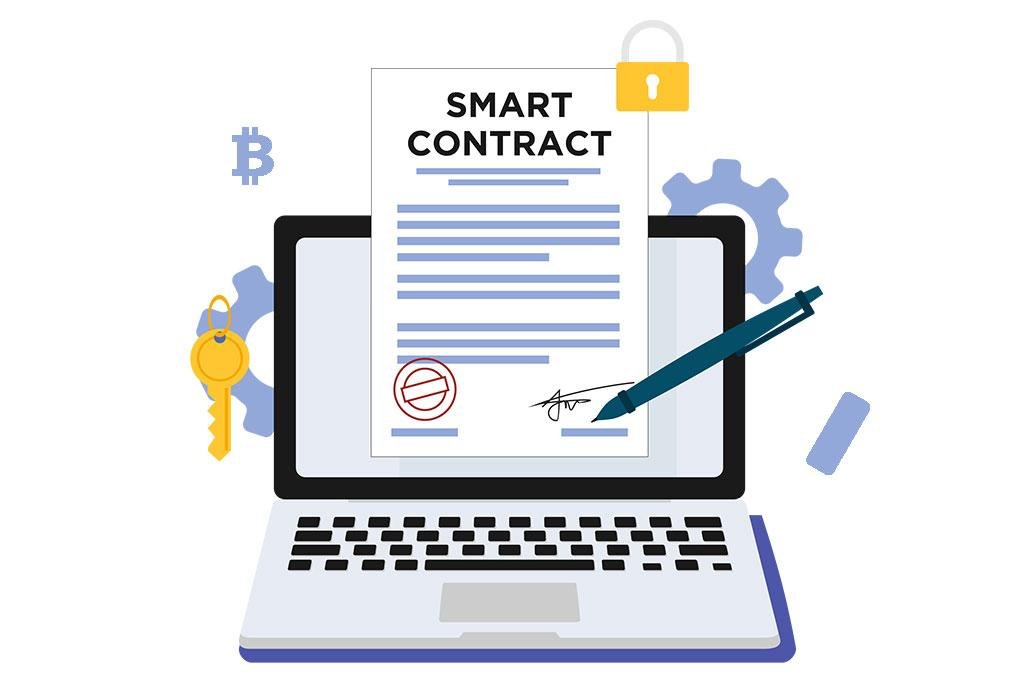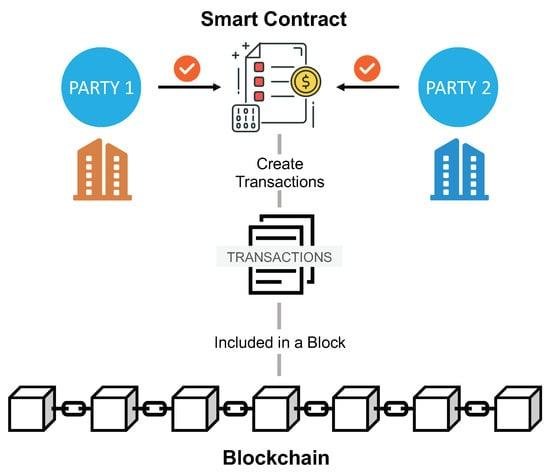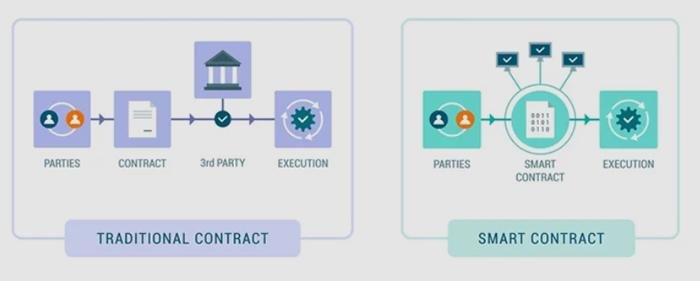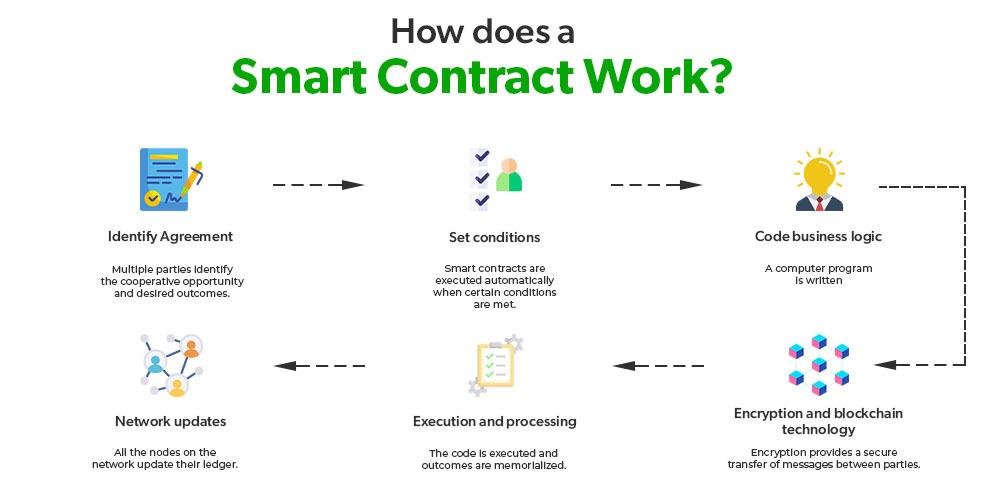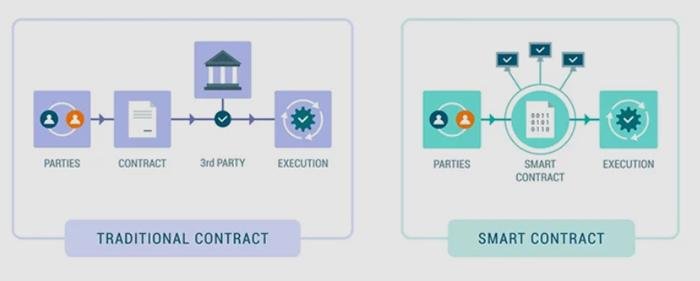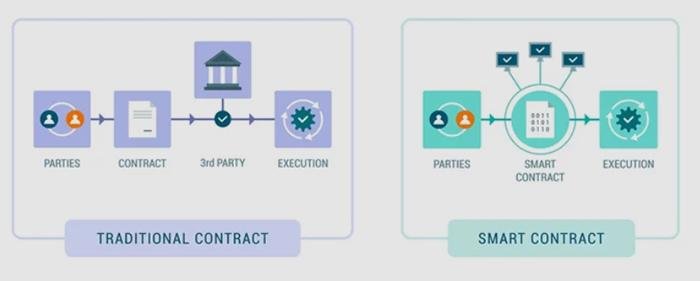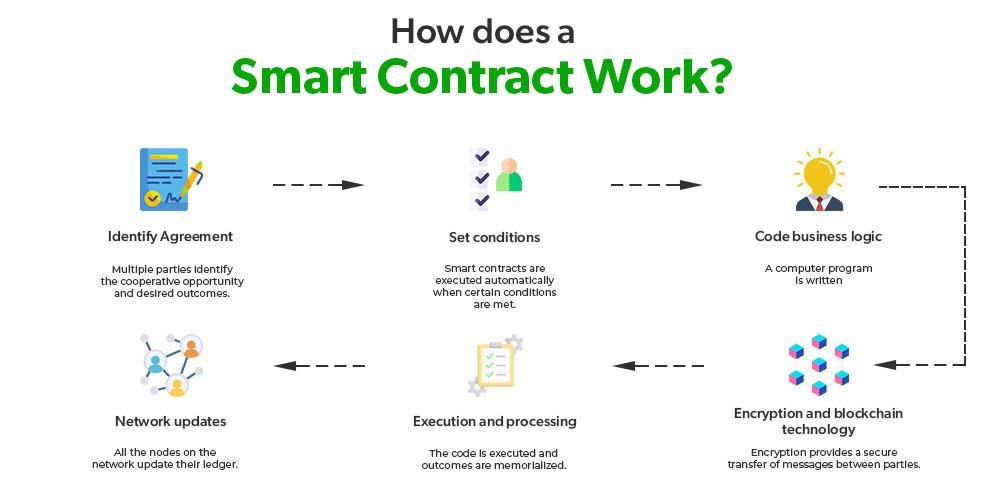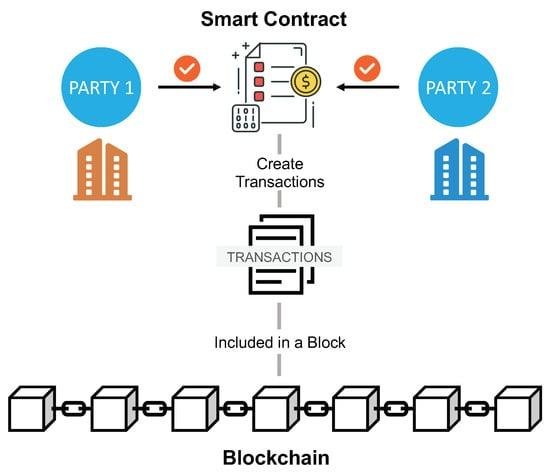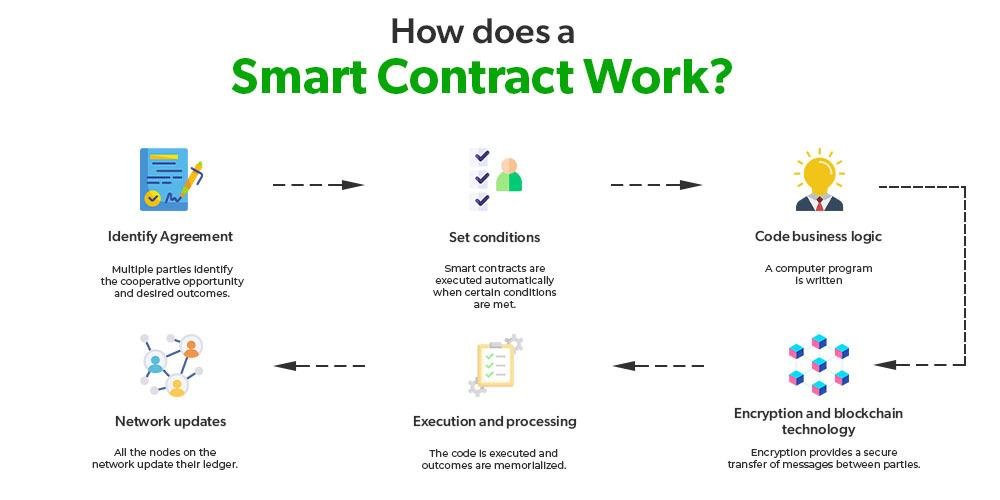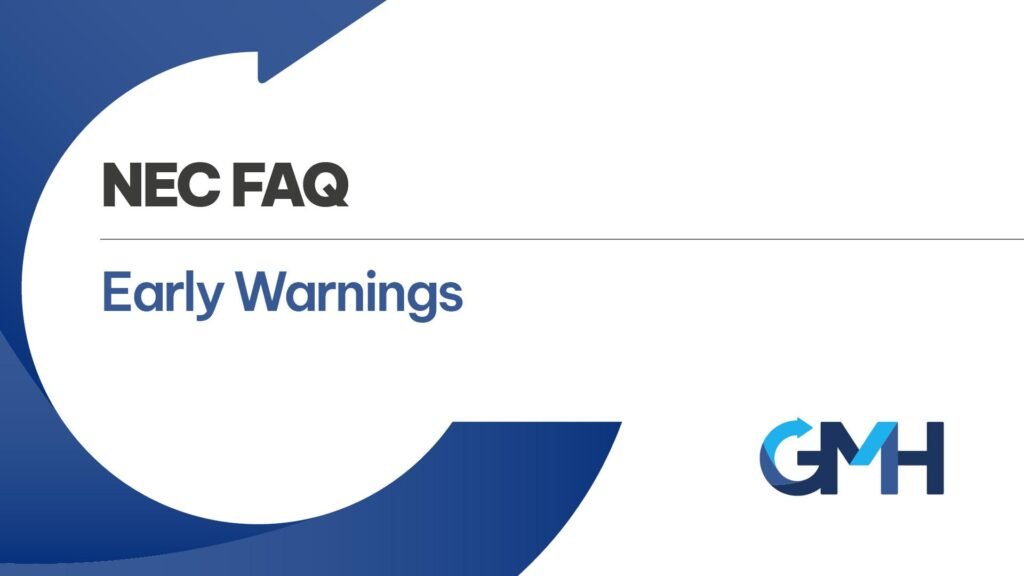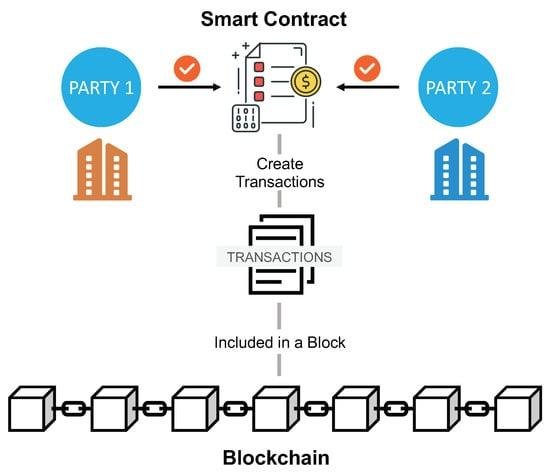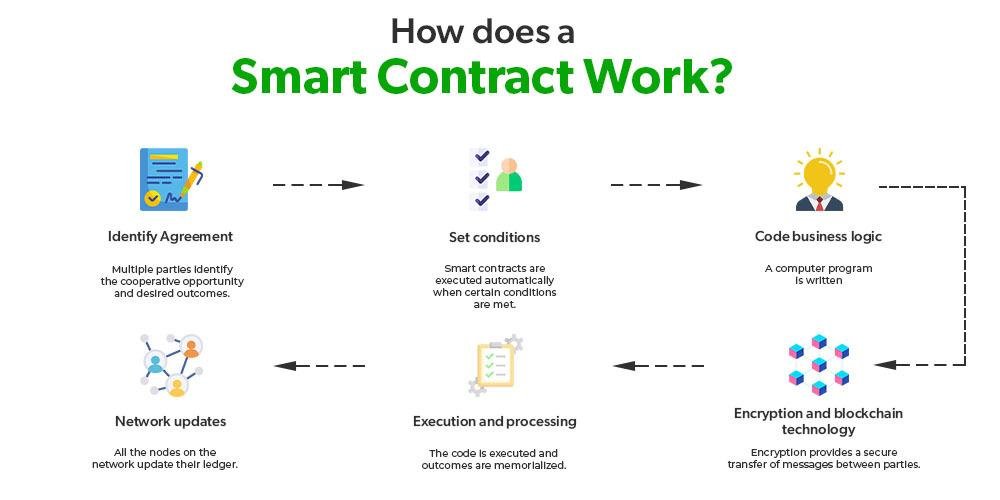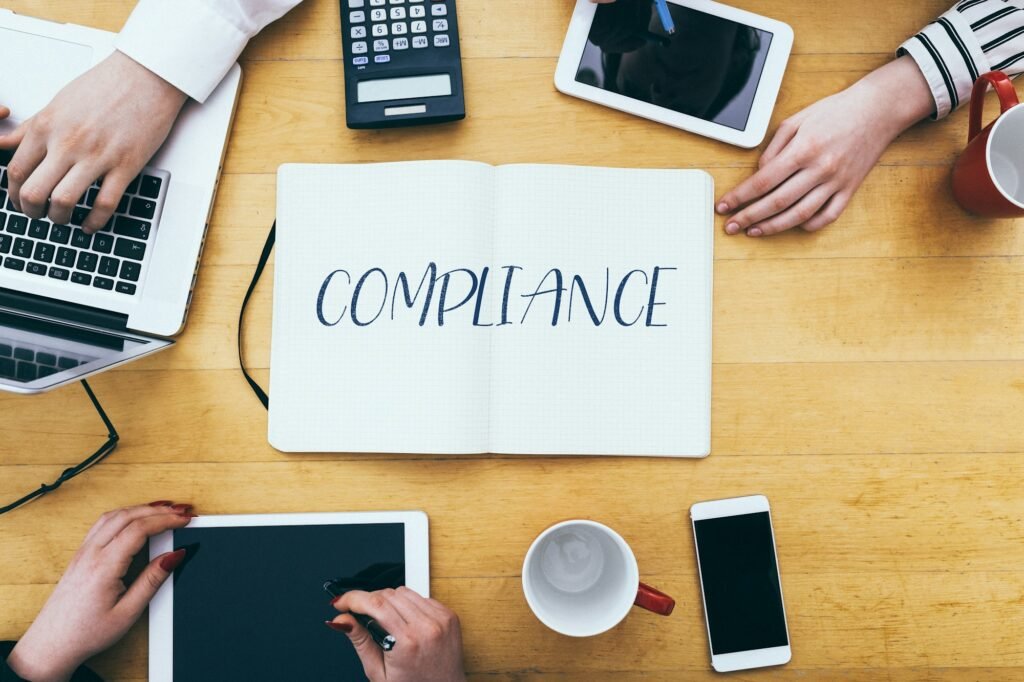Educating Corporate Clients About Compliance Changes Through Email

-
Table of Contents
- Introduction
- Importance Of Timely Communication In Compliance Updates
- Best Practices For Crafting Compliance Emails
- Engaging Corporate Clients With Interactive Email Content
- Strategies For Segmenting Email Lists For Compliance Information
- Measuring The Effectiveness Of Compliance Email Campaigns
- Legal Considerations When Sending Compliance Updates Via Email
- Conclusion
Introduction
In today’s rapidly evolving regulatory landscape, it is essential for corporate clients to stay informed about compliance changes that may impact their operations. Effective communication through email serves as a vital tool for educating these clients, ensuring they understand new regulations, deadlines, and best practices. By providing clear, concise, and actionable information, organizations can empower their clients to navigate compliance challenges confidently, mitigate risks, and maintain adherence to legal requirements. This proactive approach not only fosters stronger client relationships but also enhances overall organizational integrity and accountability.
Importance Of Timely Communication In Compliance Updates
In the ever-evolving landscape of corporate compliance, timely communication plays a pivotal role in ensuring that organizations remain aligned with regulatory requirements. As laws and regulations shift, the need for businesses to stay informed becomes increasingly critical. This is particularly true in industries where compliance is not merely a matter of best practices but a legal obligation that can have significant repercussions if neglected. Therefore, educating corporate clients about compliance changes through email is not just a matter of convenience; it is an essential strategy for risk management and operational integrity.
When compliance updates are communicated promptly, organizations can take proactive measures to adapt their policies and procedures accordingly. This proactive approach minimizes the risk of non-compliance, which can lead to severe penalties, reputational damage, and operational disruptions. By utilizing email as a communication tool, companies can ensure that their clients receive timely notifications about changes in regulations, allowing them to implement necessary adjustments without delay. The immediacy of email communication fosters a sense of urgency, prompting clients to prioritize compliance-related tasks and allocate resources effectively.
Moreover, the clarity and directness of email communication can enhance understanding among corporate clients. Compliance updates often involve complex legal language and intricate details that can be challenging to interpret. By crafting clear, concise, and informative emails, organizations can demystify these changes, making it easier for clients to grasp the implications for their operations. This clarity not only aids in comprehension but also empowers clients to engage in informed discussions with their internal teams, thereby fostering a culture of compliance within their organizations.
In addition to clarity, the ability to provide context is another significant advantage of email communication. When informing clients about compliance changes, it is essential to explain not only what the changes are but also why they are occurring. By providing background information and insights into the regulatory landscape, organizations can help clients understand the broader implications of these changes. This contextual understanding can lead to more thoughtful and strategic responses, as clients are better equipped to assess how compliance updates may impact their business models and operational strategies.
Furthermore, timely communication through email allows for the establishment of a feedback loop between organizations and their clients. When clients receive updates, they may have questions or require further clarification. By encouraging open lines of communication, organizations can address these inquiries promptly, ensuring that clients feel supported and informed. This two-way communication fosters a collaborative relationship, where clients are more likely to engage with compliance initiatives and take ownership of their responsibilities.
In conclusion, the importance of timely communication in compliance updates cannot be overstated. By leveraging email as a primary communication tool, organizations can ensure that their corporate clients are well-informed about regulatory changes, enabling them to respond effectively and efficiently. The clarity, context, and collaborative potential of email communication not only enhance understanding but also promote a proactive approach to compliance. As the regulatory environment continues to evolve, organizations that prioritize timely and effective communication will be better positioned to navigate the complexities of compliance, ultimately safeguarding their interests and those of their clients. In this way, timely communication becomes not just a best practice but a cornerstone of successful compliance management.
Best Practices For Crafting Compliance Emails
In the ever-evolving landscape of corporate compliance, effectively communicating changes to clients is paramount. Crafting compliance emails that resonate with corporate clients requires a strategic approach, ensuring that the message is not only clear but also actionable. To begin with, it is essential to understand the audience. Corporate clients often operate under tight schedules and high-pressure environments, making it crucial to deliver information succinctly. Therefore, the first step in crafting an effective compliance email is to prioritize clarity. Using straightforward language and avoiding jargon can significantly enhance comprehension. This approach not only respects the recipient’s time but also fosters a sense of trust, as clients feel that their service provider is genuinely looking out for their best interests.
Moreover, structuring the email in a logical manner can further aid in conveying the message effectively. Starting with a brief introduction that outlines the purpose of the email sets the stage for the details that follow. Transitioning smoothly into the specifics of the compliance changes is vital; this can be achieved by using bullet points or numbered lists to highlight key information. Such formatting not only breaks up the text but also allows clients to quickly scan for the most pertinent details. Additionally, incorporating a summary at the end of the email can reinforce the main points, ensuring that the critical information is retained.
As the email progresses, it is important to emphasize the implications of the compliance changes. Clients need to understand not only what has changed but also how these changes will affect their operations. Providing context can be incredibly beneficial; for instance, explaining the rationale behind the changes can help clients appreciate the necessity of compliance. This understanding can lead to a more proactive approach on their part, as they are better equipped to adapt to the new requirements. Furthermore, including examples or case studies can illustrate the potential impact of these changes, making the information more relatable and actionable.
In addition to clarity and context, tone plays a significant role in the effectiveness of compliance emails. A professional yet approachable tone can foster a collaborative atmosphere, encouraging clients to engage with the content. Phrasing such as “we understand that these changes may raise questions” can invite dialogue, making clients feel supported rather than overwhelmed. This is particularly important in compliance communications, where anxiety about regulatory changes can be prevalent. By positioning the email as a resource rather than just a notification, clients are more likely to view it as a valuable tool for navigating their compliance landscape.
Finally, it is essential to include a call to action. Whether it’s inviting clients to reach out for further clarification, encouraging them to attend a webinar, or directing them to additional resources, a clear call to action can guide clients on the next steps. This not only reinforces the importance of the compliance changes but also demonstrates a commitment to ongoing support. In conclusion, crafting compliance emails for corporate clients involves a careful balance of clarity, structure, context, tone, and actionable guidance. By adhering to these best practices, organizations can ensure that their communications are not only informative but also foster a collaborative relationship with their clients, ultimately leading to a more compliant and informed corporate environment.
Engaging Corporate Clients With Interactive Email Content

In the ever-evolving landscape of corporate compliance, educating clients about changes is not merely a necessity; it is a strategic imperative. As regulations shift and new guidelines emerge, the challenge lies in effectively communicating these updates to corporate clients in a manner that is both engaging and informative. One of the most powerful tools at our disposal is email, particularly when enhanced with interactive content. By incorporating elements that invite participation, we can transform a standard communication into an engaging experience that resonates with clients.
To begin with, interactive email content can significantly enhance the way compliance information is presented. Traditional emails often consist of static text and images, which may fail to capture the attention of busy corporate clients. However, by integrating interactive elements such as quizzes, polls, or clickable infographics, we can create a dynamic experience that encourages clients to engage with the material. For instance, a quiz that tests their knowledge of recent compliance changes not only informs but also motivates clients to learn more about the subject matter. This approach fosters a sense of involvement, making clients feel like active participants in their own education rather than passive recipients of information.
Moreover, the use of interactive content allows for a more personalized experience. By segmenting email lists based on client profiles or industry sectors, we can tailor the content to address specific compliance issues relevant to each group. For example, a financial services firm may require different compliance updates than a healthcare provider. By delivering targeted information through interactive elements, such as customized infographics that highlight pertinent regulations, we can ensure that clients receive the most relevant and actionable insights. This level of personalization not only enhances the educational experience but also strengthens the relationship between the client and the organization.
In addition to personalization, interactive email content can facilitate immediate feedback and dialogue. Incorporating features such as comment sections or direct links to discussion forums allows clients to voice their opinions or ask questions directly within the email. This two-way communication fosters a collaborative environment where clients feel valued and heard. Furthermore, it provides organizations with valuable insights into client concerns and knowledge gaps, enabling them to refine future communications and educational initiatives.
Transitioning from traditional methods to interactive email content also aligns with the growing trend of digital engagement in the corporate world. As clients increasingly rely on technology for information, adapting our communication strategies to meet these expectations is crucial. By leveraging interactive elements, we not only modernize our approach but also demonstrate our commitment to providing clients with the best possible resources. This forward-thinking strategy positions our organization as a leader in compliance education, reinforcing our reputation and credibility in the industry.
Ultimately, engaging corporate clients with interactive email content is about more than just delivering information; it is about creating an enriching experience that empowers clients to navigate compliance changes confidently. By fostering engagement through quizzes, personalized content, and open dialogue, we can transform the way clients perceive and interact with compliance updates. As we continue to innovate in our communication strategies, we pave the way for stronger client relationships and a more informed corporate community. In this dynamic environment, the ability to educate effectively is not just an advantage; it is essential for success.
Strategies For Segmenting Email Lists For Compliance Information
In the realm of corporate compliance, the importance of effectively communicating changes in regulations cannot be overstated. One of the most efficient ways to disseminate this critical information is through email. However, to maximize the impact of these communications, it is essential to adopt a strategic approach to segmenting email lists. By tailoring messages to specific groups within an organization, companies can ensure that the right information reaches the right people at the right time, thereby enhancing understanding and compliance.
To begin with, identifying the various stakeholders within a corporate structure is crucial. Different departments may have distinct compliance needs based on their functions. For instance, the finance team may require updates on financial regulations, while the human resources department may need information related to labor laws. By categorizing recipients according to their roles, organizations can create targeted email lists that address the specific compliance issues relevant to each group. This not only increases the likelihood that the information will be read but also fosters a sense of relevance and urgency among recipients.
Moreover, it is beneficial to consider the varying levels of expertise and familiarity with compliance issues among employees. Some individuals may be well-versed in regulatory matters, while others may be encountering these topics for the first time. By segmenting email lists based on knowledge levels, organizations can tailor the complexity of the information shared. For example, a more detailed and technical explanation may be appropriate for seasoned compliance officers, whereas a simplified overview might be more suitable for new employees or those in non-compliance roles. This approach not only aids comprehension but also empowers employees to engage with the material more effectively.
In addition to departmental and expertise-based segmentation, organizations should also take into account the geographical locations of their employees. Compliance regulations can vary significantly from one region to another, and it is essential that employees receive information pertinent to their specific jurisdiction. By creating geographically segmented email lists, companies can ensure that recipients are informed about local compliance changes that may impact their operations. This localized approach not only enhances the relevance of the information but also demonstrates a commitment to addressing the unique needs of different teams.
Furthermore, organizations can enhance their email segmentation strategies by incorporating behavioral data. Tracking how employees interact with previous compliance communications can provide valuable insights into their interests and engagement levels. For instance, if certain employees consistently open emails related to data privacy, it may be beneficial to segment them into a list that receives more frequent updates on that topic. By leveraging behavioral data, organizations can create a more dynamic and responsive email strategy that aligns with the evolving needs of their workforce.
Finally, it is essential to regularly review and update email segmentation strategies. As compliance regulations change and organizational structures evolve, the relevance of existing segments may diminish. By conducting periodic assessments of email lists and soliciting feedback from recipients, organizations can ensure that their communications remain effective and targeted. This ongoing refinement not only enhances the quality of information shared but also fosters a culture of compliance within the organization.
In conclusion, segmenting email lists for compliance information is a multifaceted strategy that requires careful consideration of various factors, including departmental roles, expertise levels, geographical locations, and behavioral data. By adopting a thoughtful approach to segmentation, organizations can enhance the effectiveness of their compliance communications, ultimately fostering a more informed and compliant workforce.
Measuring The Effectiveness Of Compliance Email Campaigns
In the ever-evolving landscape of corporate compliance, organizations must remain vigilant in their efforts to keep clients informed about regulatory changes. One of the most effective methods for disseminating this crucial information is through targeted email campaigns. However, simply sending out emails is not enough; measuring the effectiveness of these campaigns is essential to ensure that the intended message resonates with the audience and drives the desired outcomes. By employing various metrics and analytical tools, companies can gain valuable insights into how well their compliance email campaigns are performing.
To begin with, open rates serve as a fundamental indicator of engagement. When clients receive an email, the first hurdle is whether they choose to open it. A high open rate suggests that the subject line and sender are compelling enough to capture attention, while a low open rate may indicate that the content is not perceived as relevant or urgent. By analyzing these rates over time, organizations can refine their messaging strategies, ensuring that future emails are more enticing and aligned with client interests.
Once clients have opened the email, the next critical metric to consider is the click-through rate (CTR). This figure reveals how many recipients not only opened the email but also engaged with its content by clicking on links or calls to action. A robust CTR indicates that the email successfully piqued interest and encouraged further exploration of the compliance changes being communicated. Conversely, a low CTR may signal that the content lacks clarity or fails to convey the importance of the information presented. By examining these patterns, companies can adjust their content to better meet the needs of their audience.
In addition to open and click-through rates, tracking conversion rates is vital for understanding the ultimate impact of compliance email campaigns. Conversion rates measure the percentage of recipients who take a desired action, such as signing up for a webinar, downloading a compliance guide, or completing a survey. This metric is particularly telling, as it reflects not only the effectiveness of the email in conveying information but also its ability to motivate clients to take action. By analyzing conversion rates, organizations can identify which aspects of their campaigns are most successful and which may require further refinement.
Furthermore, gathering qualitative feedback from clients can provide deeper insights into the effectiveness of compliance email campaigns. Surveys or follow-up emails can solicit opinions on the clarity of the information presented, the relevance of the topics covered, and the overall satisfaction with the communication process. This feedback can be invaluable in shaping future campaigns, ensuring that they are tailored to meet the specific needs and preferences of clients.
Moreover, it is essential to consider the timing and frequency of email communications. Analyzing engagement metrics in relation to when emails are sent can reveal patterns that inform optimal scheduling. For instance, clients may be more likely to engage with compliance updates at certain times of the day or week. By aligning email campaigns with these insights, organizations can enhance their chances of reaching clients when they are most receptive.
In conclusion, measuring the effectiveness of compliance email campaigns is a multifaceted process that requires a combination of quantitative metrics and qualitative feedback. By focusing on open rates, click-through rates, conversion rates, and client feedback, organizations can gain a comprehensive understanding of their communication efforts. This ongoing evaluation not only helps in refining future campaigns but also ensures that corporate clients remain informed and compliant in an increasingly complex regulatory environment. Ultimately, a commitment to continuous improvement in email communications will foster stronger relationships with clients and enhance overall compliance awareness.
Legal Considerations When Sending Compliance Updates Via Email
In the ever-evolving landscape of corporate compliance, the necessity for organizations to stay informed about regulatory changes cannot be overstated. As businesses navigate this complex terrain, email has emerged as a primary communication tool for disseminating compliance updates to corporate clients. However, while email offers convenience and immediacy, it also presents a myriad of legal considerations that must be carefully navigated to ensure that the communication is both effective and compliant with applicable laws.
First and foremost, it is essential to consider the legal framework surrounding electronic communications. The Electronic Communications Privacy Act (ECPA) and the General Data Protection Regulation (GDPR) are two pivotal regulations that govern how organizations can communicate with clients via email. Under these laws, businesses must ensure that they have obtained the necessary consent from recipients before sending compliance updates. This means that organizations should maintain clear records of consent, which can serve as a safeguard against potential legal repercussions. Furthermore, it is prudent to provide clients with an easy opt-out mechanism, allowing them to unsubscribe from future communications if they so choose. This not only aligns with legal requirements but also fosters a sense of trust and respect between the organization and its clients.
In addition to consent, the content of the email itself must be carefully crafted to avoid any potential legal pitfalls. For instance, the language used in compliance updates should be precise and unambiguous, as vague or misleading statements can lead to misunderstandings and, ultimately, liability. It is advisable to include disclaimers that clarify the nature of the information being provided, emphasizing that it is for informational purposes only and should not be construed as legal advice. By doing so, organizations can mitigate the risk of clients relying on the information inappropriately, which could result in adverse consequences for both parties.
Moreover, organizations must be vigilant about the confidentiality of the information shared in compliance updates. Sensitive data, particularly that which pertains to regulatory changes, should be transmitted securely to prevent unauthorized access. Utilizing encryption and secure email services can significantly reduce the risk of data breaches, which not only jeopardize client trust but can also lead to severe legal ramifications under data protection laws. Therefore, implementing robust cybersecurity measures is not merely a best practice; it is a legal imperative.
Another critical aspect to consider is the timing and frequency of compliance updates. Sending too many emails can overwhelm clients, leading to disengagement, while infrequent updates may leave them uninformed about crucial changes. Striking the right balance is essential, and organizations should consider segmenting their client base to tailor communications based on specific needs and interests. This targeted approach not only enhances the relevance of the information shared but also demonstrates a commitment to client service, which can strengthen business relationships.
Finally, organizations should remain aware of the evolving nature of compliance regulations themselves. As laws change, so too should the strategies employed to communicate these changes. Regularly reviewing and updating email communication policies ensures that organizations remain compliant and responsive to new legal requirements. By fostering a culture of continuous improvement in compliance communication, businesses can not only protect themselves from legal risks but also position themselves as trusted advisors to their clients.
In conclusion, while email serves as a vital tool for educating corporate clients about compliance changes, it is imperative to navigate the associated legal considerations with care. By prioritizing consent, clarity, confidentiality, and relevance, organizations can effectively communicate compliance updates while minimizing legal risks, ultimately fostering stronger relationships with their clients.
Conclusion
Educating corporate clients about compliance changes through email is an effective strategy that ensures timely dissemination of critical information, fosters understanding of regulatory requirements, and promotes adherence to legal standards. By utilizing clear, concise messaging and providing relevant resources, organizations can enhance client awareness and engagement, ultimately reducing the risk of non-compliance and strengthening client relationships. Regular updates and follow-up communications further reinforce the importance of compliance, positioning the organization as a trusted partner in navigating regulatory landscapes.

































